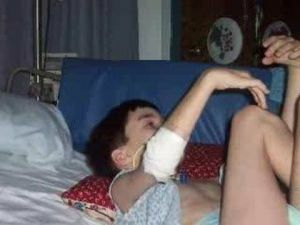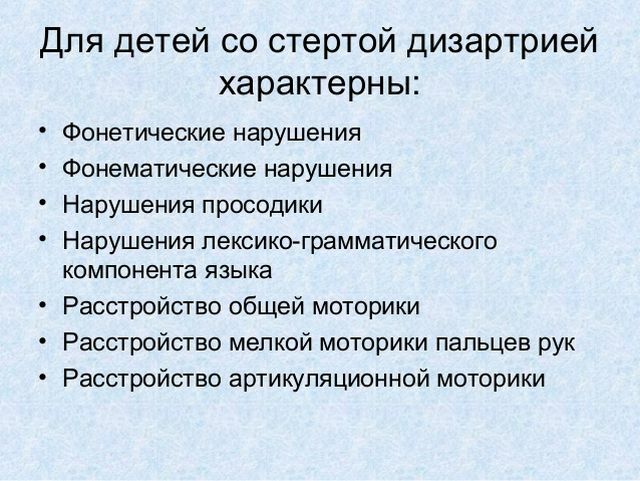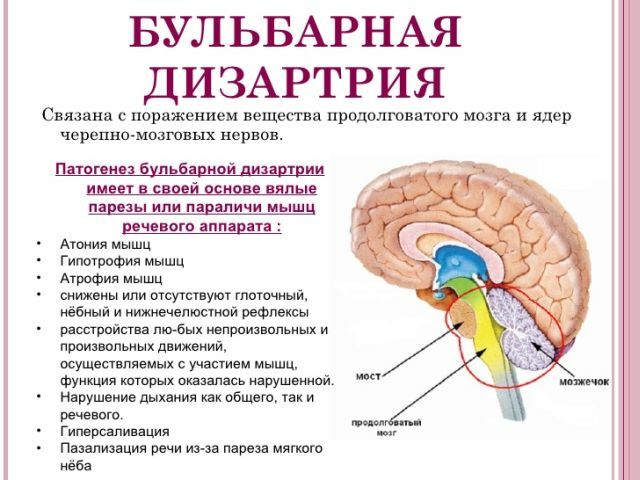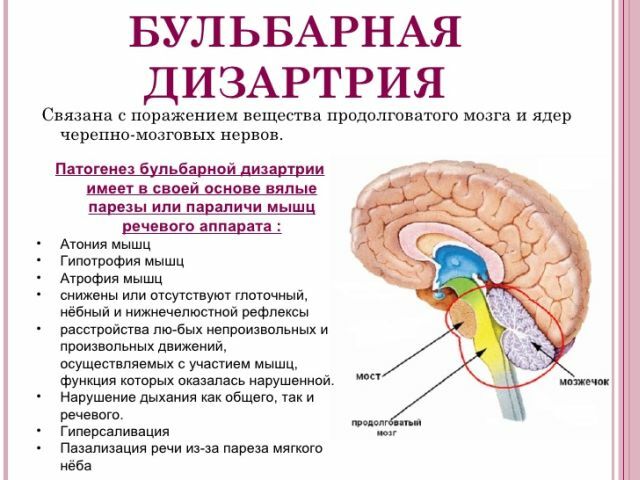 Some patients with neurological speech disorders are often diagnosed with autism. However, under obvious, at first glance, signs of autism, often acquired epileptic aphasia or Landau-Kleffner syndrome.
Some patients with neurological speech disorders are often diagnosed with autism. However, under obvious, at first glance, signs of autism, often acquired epileptic aphasia or Landau-Kleffner syndrome.
It is very important to differentiate this syndrome, since the treatment directed against the key link of the disease has proven effectiveness.
Landau-Kleffner syndrome combines the loss of oral communication skills in a normally developing child. The leading manifestations of the disease are epileptic seizures on the background of progressive sensorimotor aphasia.
This disease develops against the background of complete well-being in children aged 2-7 years. And the skills of the receptive speech apparatus begin to suffer, with the full preservation of the expressive speech. At this stage, it is very important to recognize this syndrome and begin treatment.
Causes of
Disease The exact cause of the syndrome is unknown. The histology of the brain and serological tests do not give unambiguous results. Instrumental
 studies, such as MRI, CT, arteriography, do not recognize morphological abnormalities.
studies, such as MRI, CT, arteriography, do not recognize morphological abnormalities. It is believed that speech disorders are associated with the functional damage to the brain during intrauterine development.
The observed clinic makes it possible to assume as a cause the encephalitic intrauterine process. Also, one of the leading causes is considered micro-epileptic lesion of the zones responsible for speech. The assumption is based on the fact that this symptom is more common in parents whose family history has epilepsy cases.
First signs of
The disease can be suspected at the age of three. Even then, hyperkinesis and "discouragement" are observed. A little later  begins to show slowness in understanding and speech recognition.
begins to show slowness in understanding and speech recognition.
There is a so-called auditory agnosia - the impossibility of understanding speech with the preservation of the organs of hearing and the conduction nerve.
Mental disorders lead parents first to the pediatrician, and then to a consultation with a psychiatrist. Diagnostic electroencephalography already at this stage allows us to identify paroxysmal disturbances of brain activity.
Epileptic seizures
It is not uncommon to identify epileptic seizures in the process of diagnosis. It is multiple bilateral spike waves - the main EEG symptom of epileptic seizures in a child.
Against the backdrop of hyperdynia in 70% of children with children there are epicas. At one third of patients only at the beginning of the disease a single seizure or epileptic status is fixed.
The older the child becomes, the less likely and occasionally such situations arise. So, by the age of ten, only one-fifth of patients have seizures, and by the age of 15 they have completely ceased.
The main symptoms of
 Mandatory symptoms of Landau-Kleffner syndrome include speech impairment. Already by 4-5 years, there are disorders of expressive speech.
Mandatory symptoms of Landau-Kleffner syndrome include speech impairment. Already by 4-5 years, there are disorders of expressive speech.
In 25% of cases, speech is lost gradually, but more often speech skills start fading out suddenly and disappear in a few days or within 2-3 weeks. Speech, as a rule, is lost completely. The operational part of thinking is preserved.
A child during the period of the disease is overly active, hyperkinetic syndrome develops. Gradually compensatory mechanisms are triggered, epileptic seizures die out, by the age of majority, all children notice improvements in recognition and possession of speech.
For the convenience of verification and differential diagnostics, modern physicians identify a list of features on the basis of which it is possible to reliably expose this diagnosis. These include:
- was originally a normal rate of development of speech skills;
- sudden or gradual loss of expressive speech after the 3rd year of life;
- picture of imaginary deafness;
- no disturbance in the operation of the receiving and conductive link of the auditory analyzer;
- general development of the child within the norm;
- speech becomes jerky, "telegraphic", contains few verbs;
- single or bilateral EEG paroxysms in the temporal lobe projection are detected several years prior to speech disorders;
- non-verbal intelligence within normal limits;
- there is no specific specific neurological condition combining epileptic seizures and abnormalities in the EEG;
- child's anxiety against the background of the changes;
- sleep disturbance by the type of night insomnia.
research complex As mentioned earlier, the physical or contact diagnosis of this disease makes it possible to suspect and even verify neurological and psychiatric disorders. However, the EEG allows unambiguous and accurate confirmation of the diagnosis. Electroencephalography together with physical methods allow conducting diffodiagnosis with such diseases as:
- acquired deafness or mutism;
- epilepsy during a slow sleep;
- severe focal epilepsy;
- benign epilepsy in children.

In addition, EEG also allows to reveal the degree of functional disorders, as well as the likelihood of emergence of threatening conditions, such as epileptic seizures.
Principles of therapy
At the moment, several modern directions of treatment of patients with Landau-Kleffner syndrome have been developed:
- Anticonvulsants .Taking these medications allows you to create a preventive background and prevent epileptic seizures,
 posing a danger to young children. Also, the reception of these drugs normalizes and stabilizes the work of brain areas in which epileptic foci are localized. The drugs of choice are - carbamazepines, in case of their inefficiency apply Lamotrigine and its analogues.
posing a danger to young children. Also, the reception of these drugs normalizes and stabilizes the work of brain areas in which epileptic foci are localized. The drugs of choice are - carbamazepines, in case of their inefficiency apply Lamotrigine and its analogues. - Corticosteroids .Hormonal therapy is especially effective at the onset of the disease.
- Professional speech therapist, speech and family therapy , as the basis for successful social adaptation of such patients.
A good anti-epileptic effect has surgical intervention, namely, a subcortical intra-cortical transection.
When the child reaches adolescence, as noted above, the compensatory mechanisms make it possible to partially restore understanding and reproduction of speech. However, speech is often not fully restored. The prognosis in this case depends on several factors:
- of the child's age, when the first signs of the disease appeared;
- age and time point when it was possible to put the right diagnosis and start antiepileptic treatment;
- from the timeliness of the started special logopedic exercises.
All this together determines the probability of complete normalization of speech. However, statistics say that only 20 percent of patients experience recovery. The greater part of children, even after the passed course of treatment, have a serious speech and cognitive deficiency.



